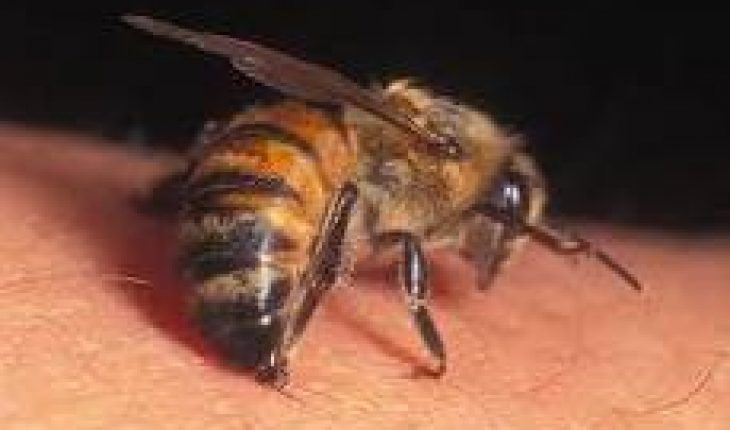When a bee stings an individual, it basically uses its stinger to inject melittin, histamine and other toxins into the body. The bee sting may be followed by redness, swelling, pain and itching. After a bee has stung its victim, the bee usually dies. This is due to the fact that a bee’s stinger is attached to its abdomen, and when the bee’s stinger enters the skin of the victim, it is usually left behind along with its abdomen. A bee cannot survive without its abdomen, so it dies.
Bee Sting Treatment
Each individual’s body functions differently, and as such each person may react differently to a bee sting. An individual that is allergic to a bee sting may experience dizziness, shortness of breath and nausea among other symptoms. An individual that is not allergic is expected to experience the normal swelling, redness and pain.
The first thing you will need to do after you have been stung by a bee is remove the stinger entirely. Once the stinger is removed the pain will be reduced; further reduction may take place if an ice cold compression is placed on the stung area. Over-the-counter medicines and creams that contain anti-histamine and hydro-cortisone may be purchased to fight the toxins the bee has released in the body. An anti-histamine can reduce the swelling and hydro-cortisone usually reduces the urge to itch as well as the redness. It is important to avoid scratching the area. If discomfort lasts more than a week then medical attention should be sought.
Bee Sting Remedies
A number of household items can be used singularly or in combination as a bee sting remedy.
- A cube of ice: The continuous rubbing of an ice cube on the affected area is believed to be a traditional bee sting remedy.
- Vinegar: Doctors have recommended rubbing the affected area with vinegar as a bee sting remedy. It is perceived that vinegar contains substances that will reduce the effectiveness of a bee’s venom.
- Salt: Salt water or a simple paste of salt is believed to contain substances that will reduce redness, swelling and itching associated with a bee sting.
- Baking Soda: This is another popular bee sting remedy. The acidic components of baking soda mixed with water will combat the toxins that the bee has released in the body. The consistent application of baking soda paste to the affected area is expected to reduce pain, redness and swelling.
- A Mixture of vinegar and baking soda: Since baking soda and vinegar are bee sting remedies by themselves, the mixture of both is deemed as very effective, as pain usually disappears instantly.
How to Prevent Bee Stings
- It is necessary to avoid areas where bees are usually found. If you are unable to do so wear protective clothing and/or insect repellent.
- In homes where bees are usually found outside, it is suggested to keep windows and doors closed.
- If you have noticed a beehive within close proximity of your home, contact insect eradication specialists, and avoid eradicating the area on your own.





